Curbside Consult with Dr. Jayne 12/18/17
I worked my last clinical shift of the year this weekend. We had several families come in for care and nothing stresses the system like trying to work up two parents and four preschoolers at the same time, especially when vomiting is part of the picture. There’s a nasty gastroenteritis going around (aka “stomach flu”) along with actual influenza, so I spent most of my day in a mask and cover gown, marinating in alcohol foam every free minute I had.
I had a scribe for a couple of hours during the worst part of the surge, and although we had never worked together, we felt like old friends by the time the shift was over. He’ll be headed off to medical school next summer and was interested to hear about my clinical informatics work in the couple of blocks of downtime that we had. He had spent a couple of years in West Africa, first doing economic development work and later working in a rural hospital, but had never heard of the specialty.
He had some great stories (and even better pictures) of his time with a general surgeon whose skills spanned everything from plastics to OB/GYN due to lack of colleagues. My scribe had spent some time as a first assistant during multiple surgical procedures and figured it would give him a leg up when he gets to medical school. Since he’s been accepted to several highly-competitive schools, he’ll have to fight off dozens of fellows, residents, interns, and students to get to the operating table, but hopefully his knowledge will get him noticed. If there are any cases involving hyena attack victims, he will definitely be able to contribute.
Having a scribe during a record-breaking shift is more than just having someone to help click the boxes. It can mean reminders to include directions you didn’t happen to verbalize when talking to the patient or having an extra set of hands to call around to pharmacies to see who has any Tamiflu left.
We did see several situations where the cost of that particular antiviral medication was out of control, with one family being quoted $750 per patient to have a script filled that typically retails for $120 in our area. The use of Tamiflu is somewhat debatable, but many patients want it in hopes that it will shorten the course of influenza or help protect them from a contagious family member. Most of the local pharmacies were out of pediatric formulations weeks ago, so trying to find it for a child was nearly impossible.
Since we have in-house, cash-only medication dispensing, we’re pretty savvy to the price of drugs because patients typically ask whether it’s going to be cheaper to get it from us rather than using their insurance. Depending on co-pays and deductibles, we’re largely competitive. Often patients who pay cash for their prescriptions are better off getting their medications from us – for one common generic pneumonia drug, we’re nearly $25 cheaper than the local big-box store.
Price transparency is important for many of our patients, and we found over the past year that trying to get the information through our EHR was a nightmare. The cost information, which was scaled by number of dollar signs, wasn’t detailed enough for our patients to make decisions. It was based on average wholesale pricing and didn’t take into account co-pays, deductibles, or pharmacy benefit manager incentives. We keep our cost information the new-fashioned way, on an intranet document that’s basically the equivalent of taping up a cheat sheet at the care team pod.
It would be great if we could get real-time cost information for our patients and then they could make the decision whether they want to purchase their prescription from us because it’s cheaper, or whether it’s worth paying a little more to have it immediately and not have to make another stop.
Sometimes they choose to have the script sent to the pharmacy and then call us back a few hours later, asking if they can come back and pick it up at the cheaper price. This illustrates the challenges we face with patient engagement – we’re empowering them with more information than they’ve had in the past, but sometimes it’s not all the information they need or it might not be correct. I know as a patient having had multiple arguments with providers about the fact that I shouldn’t be paying co-pays the rest of the year and few of them being willing to honor the payer letter that I carry around, that it’s not just about prescription coverage. (Incidentally, I hope the practices that refuse to trust my “don’t charge this patient a co-pay” letter enjoy processing my refund requests, because I make them as soon as I see the Explanation of Benefits.)
If we aren’t able to provide good information on the smallest decisions, it’s a leap to expect people to make decisions on larger health concerns without experiencing stress and uncertainty. I think this is why some patients trend back towards the old days of physician paternalism, where they want a provider to tell them what to do. Or better yet, what the provider himself or herself would do when confronted with the same situation. Having those kinds of conversations requires rapport, which requires interaction over time and the building of trust, which are difficult to do in this era of six-minute visits and fragmented care.
Although the care team approach should theoretically help, in some cases I’ve seen it make things worse as the patient has to now build trust with multiple care team members rather than just with the provider who they’ve chosen (or been assigned) as their primary care physician.
I did have a couple of patients this weekend who specifically said they were at the urgent care because their insurance companies sent letters saying that emergency department visits would no longer be covered for non-life-threatening issues. Fortunately, none of them were emergencies and we were able to handle them. On the flip side, we had patients whose definitive care was delayed by choosing urgent care over a higher-acuity setting. We’re not the best place for actual heart attacks and we just increased your time from symptoms to angioplasty. Same for stroke, when the golden hour really is golden.
I didn’t get a chance to get into the psychology of why they came to urgent care rather than the ED since I was too busy taking care of their ambulance transfers and ED handoffs, but I’m always suspicious about cost being a factor.
I’m hoping that the New Year brings wisdom to our policymakers and greater patience for everyone in our healthcare system, from patients to providers to payers to politicians. I’m skeptical about the last group, but after all this is the season of hope, so I’ll send happy thoughts their way.
What are you looking for in the New Year? Leave a comment or email me.

Email Dr. Jayne.











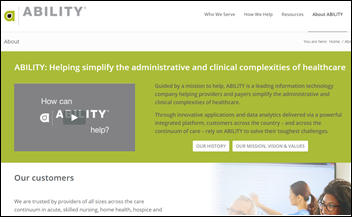


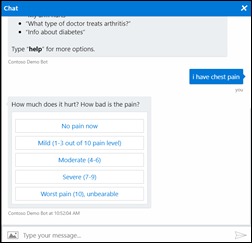








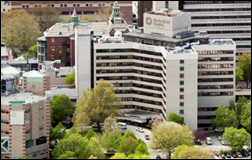





















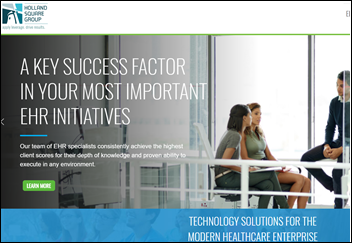






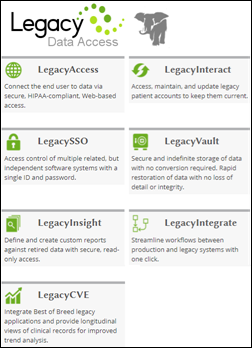
























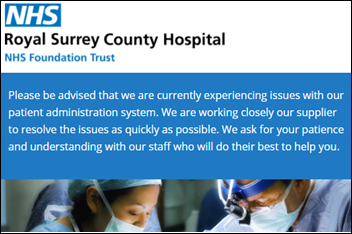


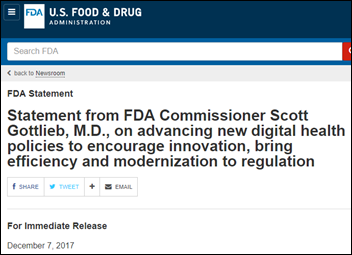
















EHRMusing - You make a lot of accurate statements about key factors in the selection process but the comment about…